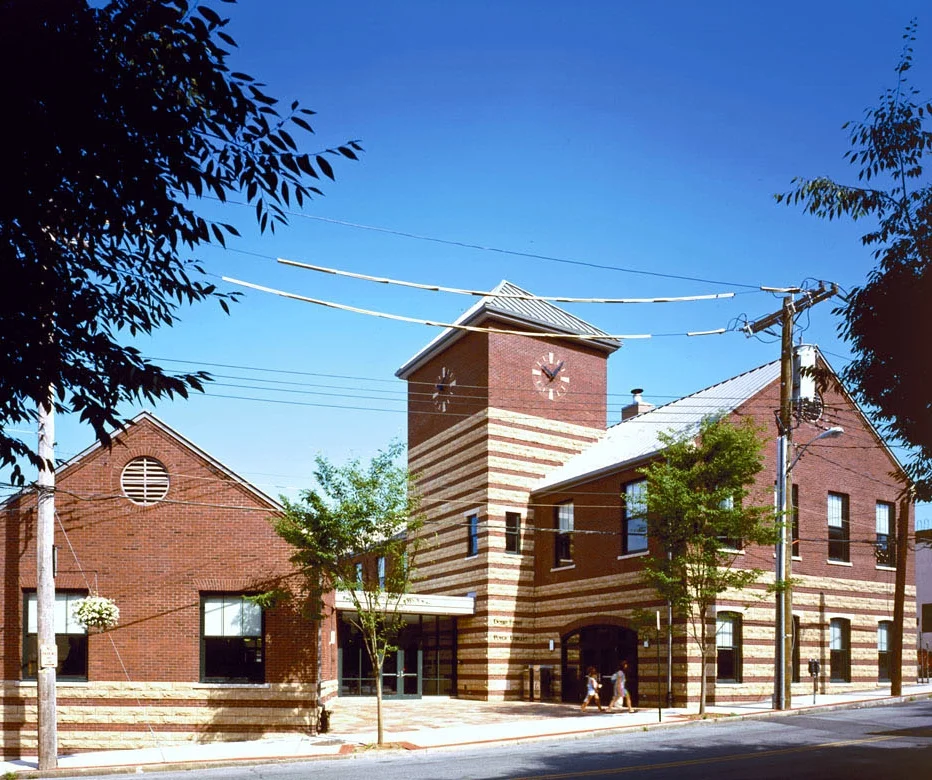Built Environment
The Built Environment includes all types of fuel and electricity used by residential, commercial, industrial and government buildings or facilities. The Built Environment (including streetlights) accounts for 71% of the local government greenhouse gas (GHG) emissions and 53% of the community emissions.
The Village of Dobbs Ferry has played a pivotal role in Westchester County in promoting energy efficiency and the use of renewable energy sources for single-family homes, multi-family buildings, commercial businesses and government-owned buildings. For example, Dobbs Ferry became the first municipality in Westchester County to install a significant number of LED street lights. To date, nearly 100% of the Village’s street lights are LED.
As of November, 2023, Dobbs Ferry has been designated as a Regional and Statewide Leader in NYSERDA’s Clean Energy Communities (CEC) program, allowing the Village to become eligible for further state funding for energy efficiency projects.
Energy Efficiency
Ensuring we are using energy as efficiently as possible in public spaces, while encouraging the same for private residences, businesses and institutions.
Renewable Energy
Helping facilitate access to renewable energy sources for homes, businesses and public facilities.
Building & Land Use Efficiency
Supporting efficient use of existing infrastructure, enforcing energy codes for new construction and preserving open space and environmentally valuable land areas.
Success Stories!
Solar PV: In 2016, arrays totaling 68 kW, were installed at the Library and the DPW buildings. In 2020, panels with a capacity of 23 kW were installed on the Embassy Center roof. By spring 2024, new panels of 26 kW will be installed at Village Hall.
Feasibility Study: In 2021, the Village examined all the major government-owned buildings to identify opportunities for energy saving opportunities.
Village Hall: As part of an Energy Performance Contract, HVAC upgrades began in 2023 and will be completed in 2024.
The building is now 100% electric and will see a reduction of GHG emissions by an estimated 51 metric tons of CO2 per year. (Equivalent to the annual emissions from energy use in roughly 6.5 homes!)



